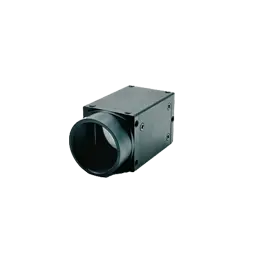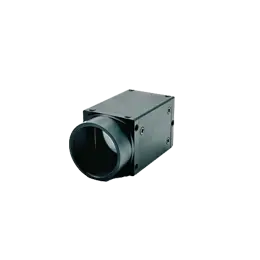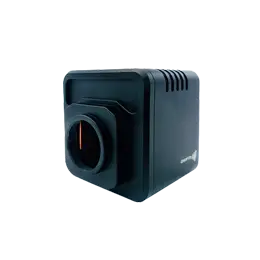In the spectrum of wavelengths from 0.76 to 400㎛ called infrared, infrared is invisible light. All substances above perfect zero (-273.15°C) can generate infrared rays. Modern physics call it heat rays. Medical infrared can be divided into two categories: near infrared and far infrared.
Infrared cameras have low power supply and use two types of infrared rays: near-infrared or short-wave infrared, with a wavelength of 0.76-1.5㎛, which penetrates deeply into human tissue, about 5-1mm;
Far-infrared or long-wave infrared, with a wavelength of 1.5 to 400㎛, is mostly absorbed by the superficial skin and penetrates the tissue to a depth of less than 2 mm. Enhanced nighttime image capture. Therefore, most users need the infrared zoom lens to pursue strong camera effects.
The real infrared night vision device is a photomultiplier tube imaging, which is completely different from the principle of the telescope. It cannot be used during the day, and it is expensive and requires a power supply to work.
The infrared camera on the Chinese market mainly realizes day and night conversion through the infrared filter, that is, the filter is opened during the day to block the infrared from entering the CCD, so that the CCD can only sense visible light;
In the state of night vision or poor lighting conditions, the filter stops working and no longer blocks infrared rays from entering the CCD. The infrared rays are reflected by objects and enter the infrared camera for imaging.
However, in practice, infrared cameras often have a clear picture during the day, but the picture becomes blurred under infrared light conditions.
This is because the wavelengths of visible light and infrared light (IR light) are different, and the different wavelengths will lead to different positions of the focal planes of the imaging, resulting in the phenomenon of virtual focus and blurred images.
The IR infrared lens adopts the latest optical design methods, special optical glass materials and advanced technologies such as special coatings and materials to eliminate the focal plane shift of visible light and infrared light.
The special optical glass material solves the problem of clear imaging corresponding to the infrared camera, so that the light from the visible light region to the infrared light region can be imaged at the same focal plane position to achieve a clear image.
The special coating technology allows the infrared light to pass through as much as possible; the multi-layer coating can also minimize the occurrence of shadows and flashes under backlight conditions, and even in poor backlight conditions, a relatively high-contrast vivid picture can be obtained.
The application range of IR lens is very wide, it can be used for special purpose of infrared correspondence, and it can also be used as ordinary swir imaging lenses. In other words, according to different usage occasions, the infrared corresponding lens can be used flexibly with conventional infrared cameras.
Infrared cameras do not have an IR cut filter, but the spectrum of sunlight also contains infrared light, so even in daylight conditions, the imaging of an infrared camera will be disturbed by infrared light. Therefore, the use of infrared corresponding lenses can effectively improve the imaging quality.
The infrared camera needs to determine the camera type according to the specific use environment, especially the night environment, as follows:
1. Investigate the light source environment of the installation point of the infrared camera at night: if there is light or no light, whether the light is dim or no light environment, this determines to what extent the infrared camera of the infrared camera will automatically turn on the auxiliary camera to monitor when the light source is low. image effect;
2. Determine the approximate range that the infrared camera needs to see in the environment: if you want to see 30m, 50m, 80m, or 100m, you need to see the movement of objects at the farthest distance or you must see the face clearly, and the projection range can also be It is the same as ordinary light casting.
However, when choosing an infrared camera, the viewing range of the infrared light and the camera lens has been determined, and the infrared lamp, the infrared camera lens, and the camera have already made a set of finished effects.
Therefore, unlike ordinary cameras, the swir zoom lens can be easily replaced to change the viewing angle range. It should be noted that the larger the night vision illumination area, the higher the cost and the greater the energy consumption.
Therefore, users can install auxiliary infrared light sources in some important areas according to actual needs, so as to obtain a better wide-range infrared lens monitoring effect for some important areas.



